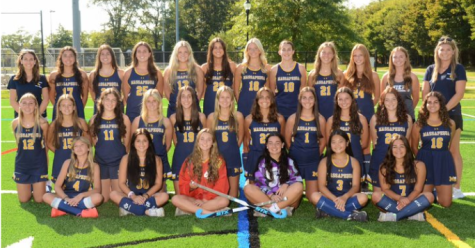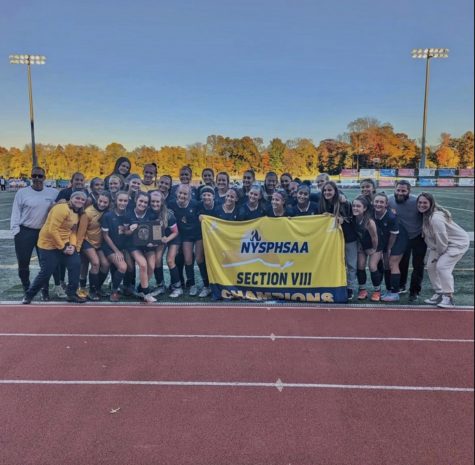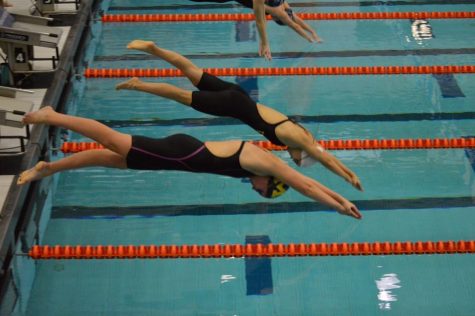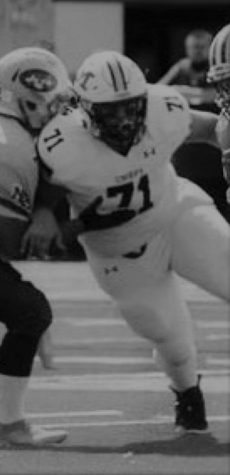The high school concussion epidemic
One moment you’re having the game of your life, the score is tied, and you have the chance to score. You put your head down and lead with it to try and get an extra push forward, but after contacting another player you did not get the distance you wanted. There is a feeling of nausea, a massive headache, and you are too dazed to even walk straight. By hitting with your head, you are now concussed, and will have to stop playing.
Mr. Matthew Sauter, Massapequa High School’s athletic trainer defined a concussion as a “bruised brain,” one that occurs after the brain experiences a traumatic injury. When the head is hit in a way that will cause a concussion it moves past the fluid that normally protects the brain from any impact, and makes direct contact with the skull.
Concussions are extremely difficult to properly diagnose by anyone but the victim because no one else can see what symptoms the victim is suffering from. Some of the symptoms that are most prominent are headaches, dizziness, ringing in the ears, slurred speech, fatigue, nausea, memory and concentration loss, and problems sleeping.
These symptoms are often very detrimental, but subside rather quickly. Connor Payne, a junior at Massapequa High School, and a football player for the school’s football team, received a concussion during one of their games. For the first couple of days after the game he had trouble with “sensitivity to sound, dizziness, nauseousness, trouble focusing, and balancing.” But after about four days of recovery, the symptoms were gone, and he was ready to return to the field.
A concussion by itself is highly unlikely to cause any long term effects to brain function, but it can set up for further injury and even permanent damage. Second impact syndrome is what happens when an already concussed brain takes another major impact. The brain essentially tries to over protect itself by over swelling which could often be fatal or very easily cause long term complications.
Mr. Sauter said that the only way to truly treat a concussion is with “rest, rest, and more rest.” Avoiding any more contact to the head is also necessary, as well as rest, and proper nutrition.
When returning from a concussion it is of vital importance to come back “step by step” and not to overexert yourself.
It is also very important to keep in my mind that equipment such as helmets, mouthpieces, and chinstraps can only help to “limit the severity of a concussion”, they will rarely completely prevent a concussion, and certainly do not make the wearer invincible to them.
According to HeadCase Company, as concussion rates in school sports have doubled from 2002 to 2012 and continue to grow, it is necessary to inform and assist anyone who has a concussion, of how to properly treat themselves, and make sure to avoid pushing too far. Concussions are becoming a serious problem, and making sure student athletes are informed on how to avoid, watch out for, properly treat, and understand the effects of their concussions, is of the utmost importance for all school sports programs.




